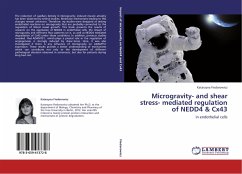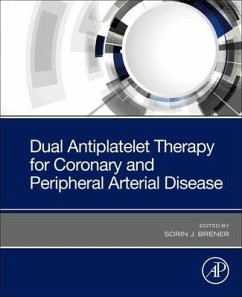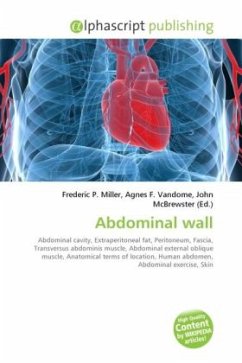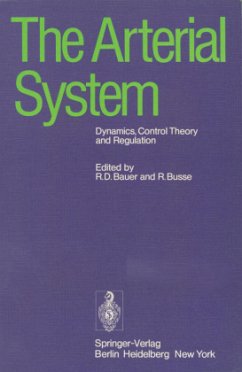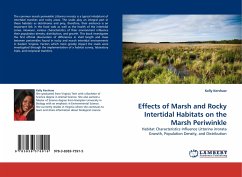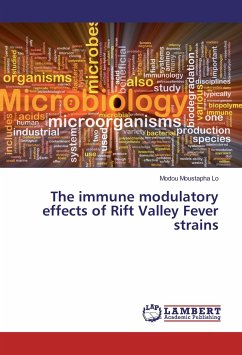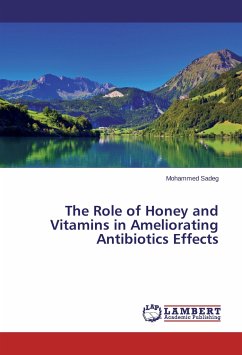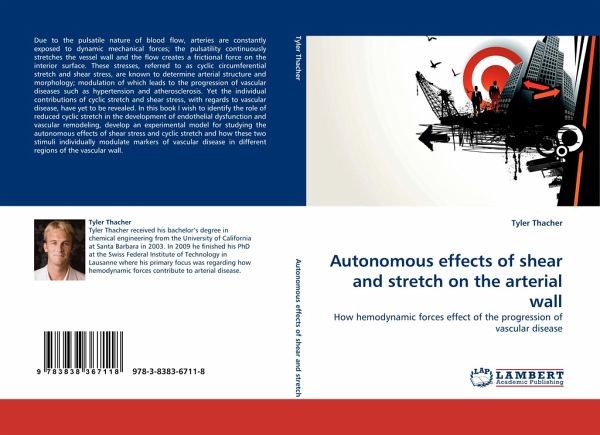
Autonomous effects of shear and stretch on the arterial wall
How hemodynamic forces effect of the progression of vascular disease
Versandkostenfrei!
Versandfertig in 6-10 Tagen
32,99 €
inkl. MwSt.

PAYBACK Punkte
16 °P sammeln!
Due to the pulsatile nature of blood flow, arteries are constantly exposed to dynamic mechanical forces; the pulsatility continuously stretches the vessel wall and the flow creates a frictional force on the interior surface. These stresses, referred to as cyclic circumferential stretch and shear stress, are known to determine arterial structure and morphology; modulation of which leads to the progression of vascular diseases such as hypertension and atherosclerosis. Yet the individual contributions of cyclic stretch and shear stress, with regards to vascular disease, have yet to be revealed. I...
Due to the pulsatile nature of blood flow, arteries are constantly exposed to dynamic mechanical forces; the pulsatility continuously stretches the vessel wall and the flow creates a frictional force on the interior surface. These stresses, referred to as cyclic circumferential stretch and shear stress, are known to determine arterial structure and morphology; modulation of which leads to the progression of vascular diseases such as hypertension and atherosclerosis. Yet the individual contributions of cyclic stretch and shear stress, with regards to vascular disease, have yet to be revealed. In this book I wish to identify the role of reduced cyclic stretch in the development of endothelial dysfunction and vascular remodeling, develop an experimental model for studying the autonomous effects of shear stress and cyclic stretch and how these two stimuli individually modulate markers of vascular disease in different regions of the vascular wall.



